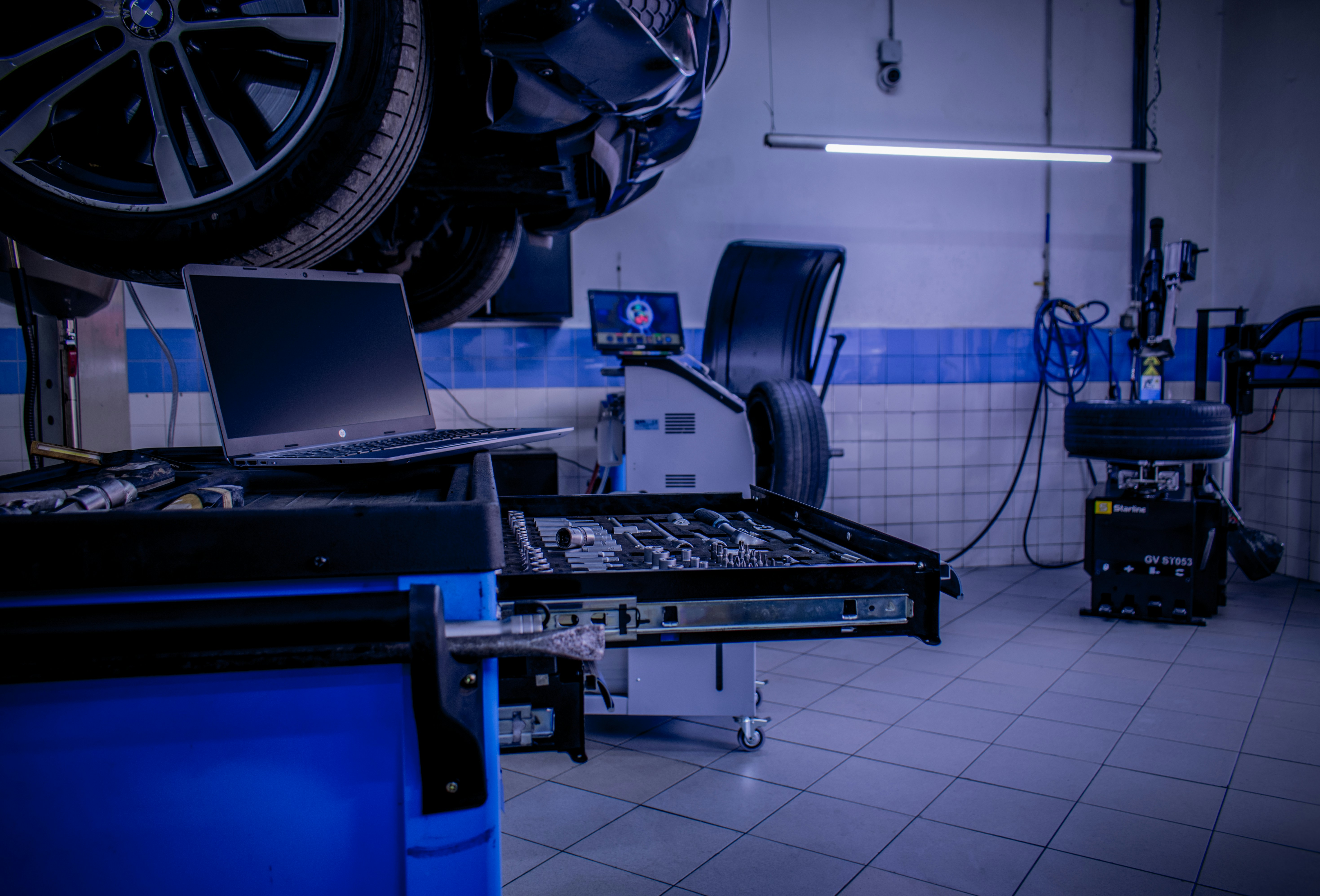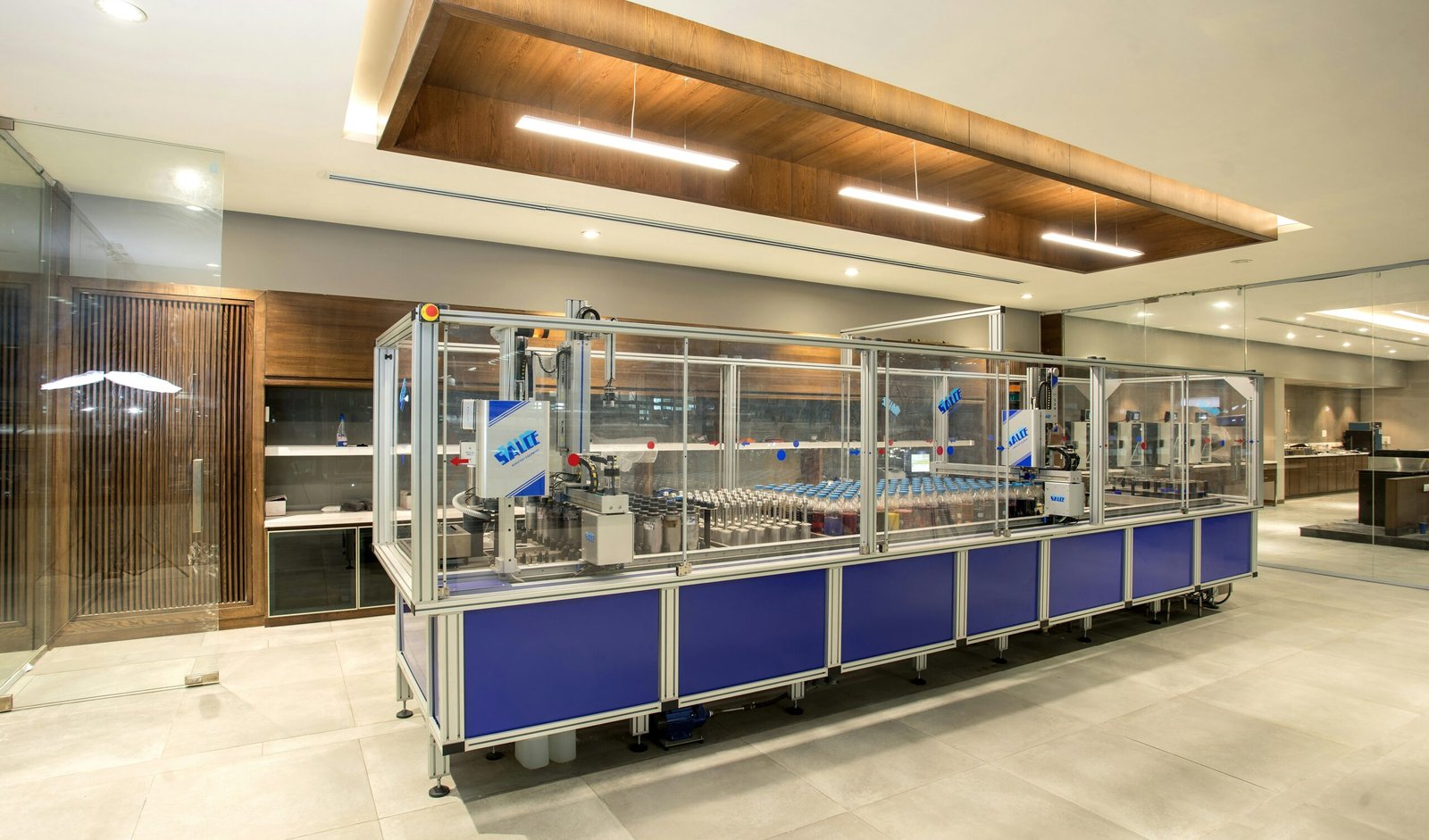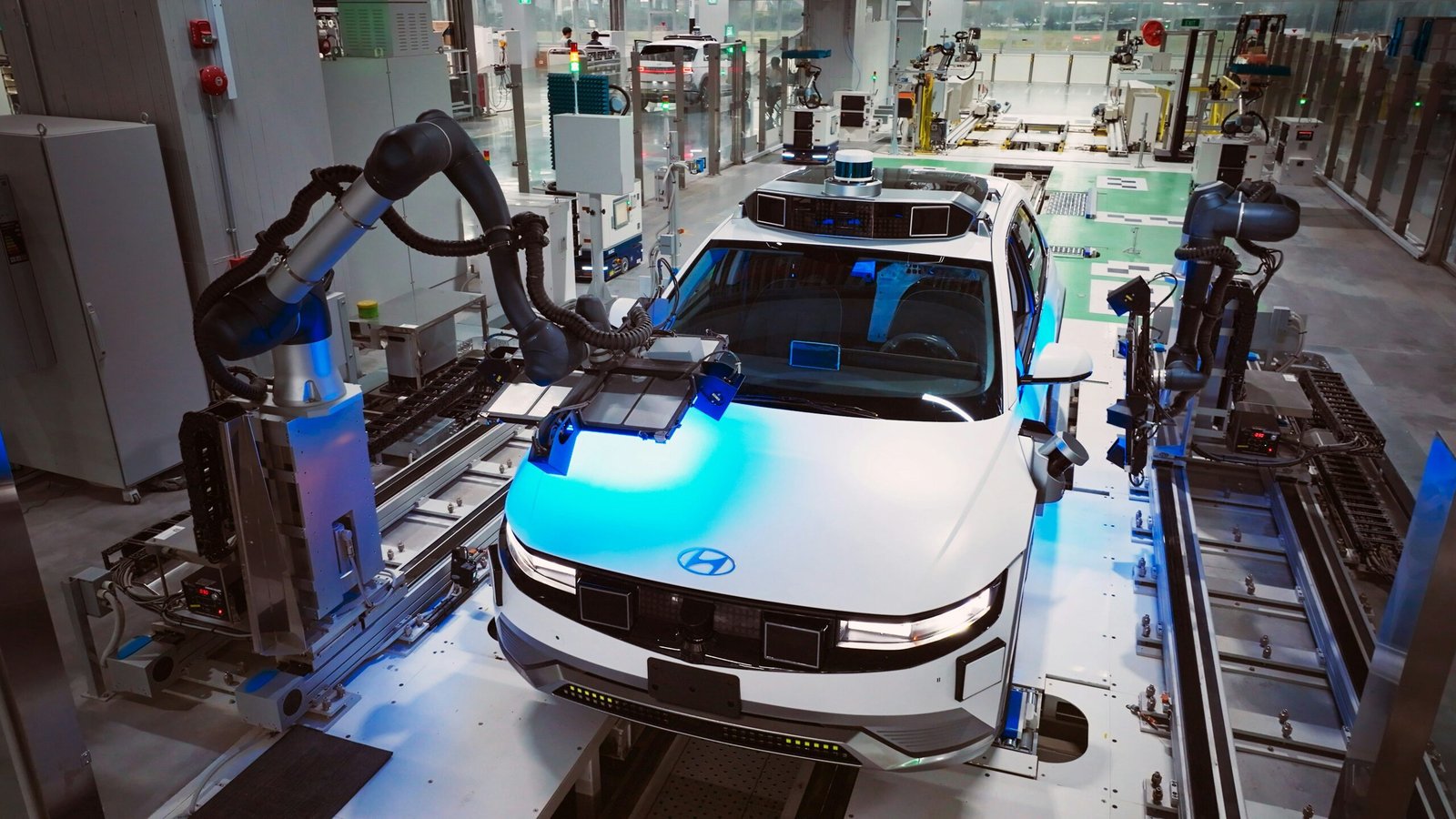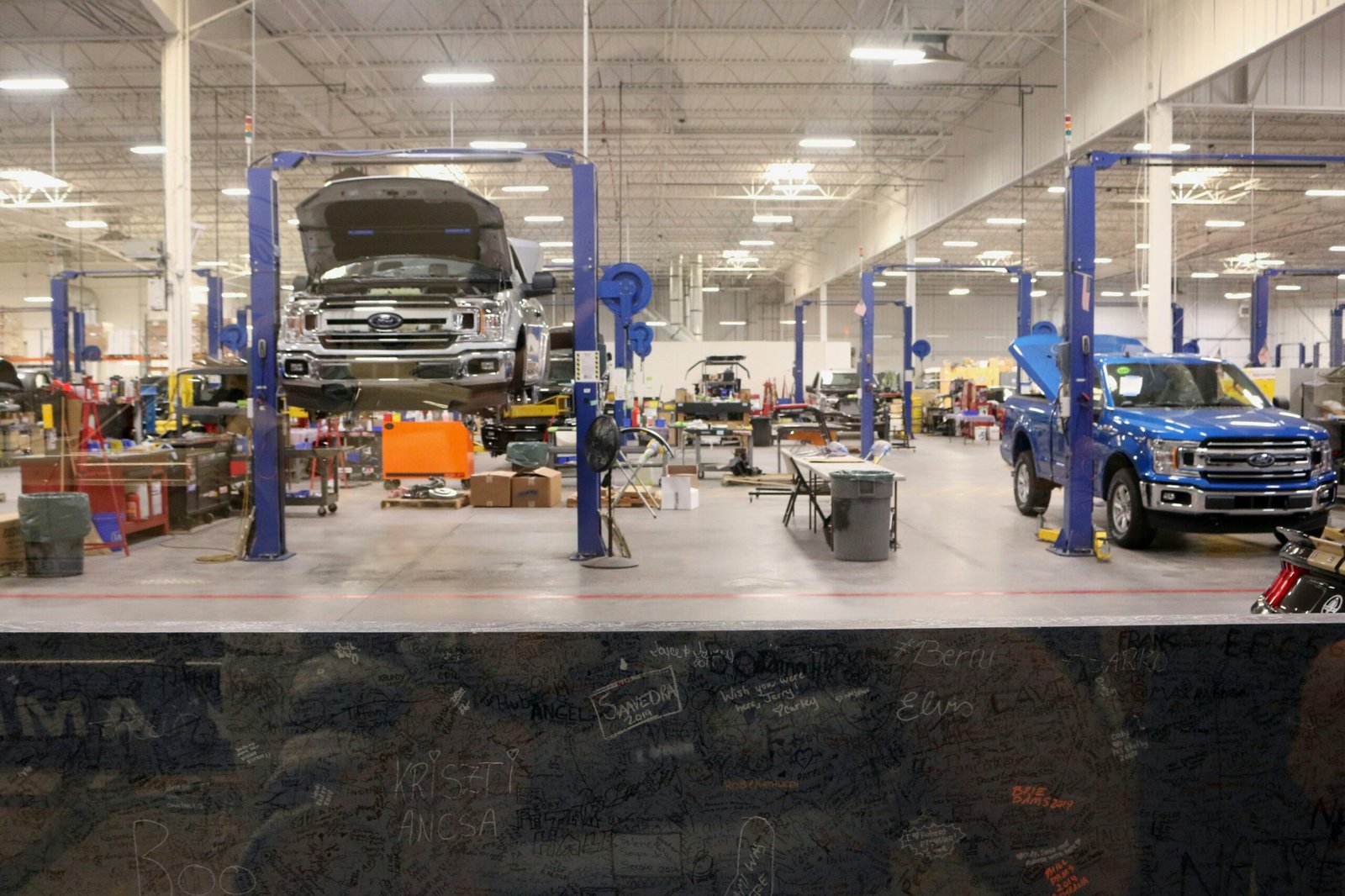Understanding Predictive Vehicle Maintenance
Predictive vehicle maintenance refers to the proactive approach taken in managing a vehicle’s maintenance needs by utilizing advanced technology and data analysis. The primary objective of this methodology is to anticipate potential issues before they escalate into serious problems that could hinder vehicle performance or safety. By effectively leveraging historical data and real-time analytics, predictive maintenance offers significant advantages over traditional maintenance methods, ultimately striving to improve overall vehicle reliability and longevity.
One of the standout benefits of predictive vehicle maintenance is its potential to minimize unexpected downtime. Traditional maintenance strategies often rely on scheduled checks and reactive repairs, which can result in vehicles being out of service for longer periods. In contrast, predictive maintenance aims to identify and address emerging issues while the vehicle is still operational. This proactive stance not only ensures that vehicles remain in peak condition but also significantly reduces the chances of costly breakdowns.
Moreover, the financial implications of predictive solutions in vehicle maintenance cannot be overlooked. By addressing issues proactively, vehicle owners and fleet operators can significantly reduce maintenance costs. Preventing minor issues from escalating into major repairs not only contributes to more predictable budgeting but also enhances the overall efficiency of fleet operations. Additionally, the systematic use of data analysis facilitates an optimized maintenance schedule based on the specific needs of each vehicle, rather than a one-size-fits-all approach.
In this context, the role of data cannot be overstated. Historical data, coupled with real-time sensor information, enables the identification of patterns and trends that herald potential failures. This analytical process empowers maintenance teams to implement targeted interventions, allowing them to address issues preemptively. Ultimately, the adoption of predictive vehicle maintenance signifies a paradigm shift in how organizations approach vehicle care, marking a step toward greater efficiency and reliability in transportation management.
How AI Transforms Predictive Maintenance
The emergence of artificial intelligence (AI) has fundamentally transformed the landscape of predictive maintenance in the automotive industry. By leveraging techniques such as machine learning and big data analytics, AI enhances the accuracy and effectiveness of predicting vehicle issues before they become serious problems. Machine learning algorithms analyze vast datasets, identifying patterns and trends that may indicate potential failures. This predictive capability allows vehicle owners and fleet operators to address maintenance needs proactively, reducing downtime and repair costs.
Big data analytics further augments this approach, as it gathers extensive information from various sources, including vehicle sensors, historical maintenance records, and environmental conditions. This rich pool of data enables AI systems to deliver more precise insights regarding vehicle health, helping technicians diagnose issues more quickly and accurately. Consequently, the integration of AI in predictive maintenance signals a significant step towards optimizing vehicle performance and reliability.
An essential aspect of this transformation is the collaboration between AI and the Internet of Things (IoT). Vehicles equipped with IoT devices continuously collect real-time data regarding their operational status. This data serves as a critical input for AI algorithms, which can process and analyze the information to detect anomalies or predict failures. For example, AI can utilize sensor data to monitor engine performance, tire pressure, and fluid levels, signaling when intervention is necessary. As a result, AI-driven predictive maintenance not only enhances the decision-making process but also empowers drivers with actionable insights, ultimately leading to safer and more efficient vehicle operation.
In conclusion, the integration of AI in predictive maintenance represents a paradigm shift in vehicle care. By employing advanced analytical techniques and real-time data, AI significantly improves the accuracy of vehicle diagnostics and enhances overall operational efficiency. As technology progresses, the role of AI in predictive maintenance is expected to grow, further revolutionizing how we maintain and manage vehicles.
Benefits of AI-driven Predictive Maintenance
The emergence of artificial intelligence (AI) has transformed numerous sectors, including automotive maintenance. AI-driven predictive maintenance offers numerous benefits for both vehicle owners and fleet managers. One of the most significant advantages is cost savings. By leveraging AI algorithms, organizations can analyze historical data to predict potential failures before they occur. This proactive approach minimizes unplanned downtime and reduces maintenance costs. For instance, a logistics company that adopted AI predictive maintenance reported a 20% reduction in operational costs due to decreased emergency repairs and extended part lifespans.
Enhanced vehicle longevity is another notable benefit. By utilizing AI-driven insights, fleet managers can schedule timely and precise maintenance. Regular upkeep not only prolongs the life of individual vehicles but also optimizes the fleet’s overall performance. A case study highlighted how a municipal transportation agency implemented AI solutions, which led to an increase in the average vehicle lifespan by 15%, translating to substantial savings on new vehicle purchases.
Additionally, AI predictive maintenance promotes increased operational efficiency. With AI systems analyzing real-time data, fleet managers can better allocate resources and plan maintenance activities without disrupting regular operations. For instance, a ride-sharing service that adopted an AI-driven approach noted a 30% improvement in vehicle availability, consequently enhancing customer satisfaction and service reliability.
Lastly, improved safety is a paramount benefit. AI systems enhance safety protocols by detecting potential issues early on, thereby reducing the likelihood of accidents caused by mechanical failures. For example, a commercial trucking company reported a significant decrease in accident rates after implementing an AI maintenance strategy, highlighting the importance of reliable vehicle performance.
In conclusion, the integration of AI in predictive maintenance offers notable benefits, including cost savings, enhanced vehicle longevity, increased operational efficiency, and improved safety, ultimately revolutionizing the vehicle maintenance landscape.
Future Trends and Challenges in AI Predictive Maintenance
As the automotive industry continues to evolve, the integration of artificial intelligence (AI) in predictive maintenance is becoming increasingly significant. One of the most noteworthy emerging trends is related to advancements in autonomous vehicles. As these vehicles become more prevalent, the need for sophisticated predictive maintenance will escalate. AI algorithms will play a pivotal role in this space, enabling vehicles to analyze telemetry data in real-time and predict mechanical failures before they occur. By addressing maintenance issues proactively, these systems can significantly reduce downtime and improve overall vehicle reliability.
Additionally, the development of more sophisticated AI algorithms is expected to enhance the accuracy of predictive maintenance diagnostics. Machine learning and deep learning techniques can process vast amounts of data, generating insights that were previously unattainable. This capability not only facilitates more precise maintenance recommendations but also allows for the identification of potential issues based on historical data trends, ultimately enhancing the operational efficiency of fleets.
However, there are several challenges that need to be addressed as the automotive industry adopts these cutting-edge technologies. Data privacy concerns are paramount; as vehicles become increasingly connected, the potential for unauthorized access to sensitive data grows. Manufacturers must prioritize the development and implementation of stringent security measures to protect user information.
Moreover, the lack of skilled personnel poses another significant challenge. For AI-driven predictive maintenance initiatives to succeed, organizations must invest in training programs to equip their workforce with the necessary skills. Integration with existing systems also presents hurdles, as automakers need to ensure compatibility between new AI solutions and established infrastructure.
In conclusion, the automotive industry’s future in predictive maintenance is poised for transformation, driven by advancements in AI. While emerging trends hold great promise, addressing the accompanying challenges is crucial for realizing the full potential of predictive maintenance in revolutionizing vehicle care.











